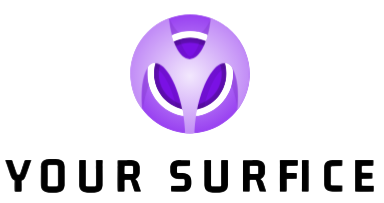Any professional may benefit from using a career plan to create a specific, doable strategy for their future. Here are a few sample templates for you to use. Making sense of your future and achieving your objectives by utilizing your career plan template, talents and knowledge are both made possible by having a career plan. You may also monitor your development thanks to it.
There are several approaches to career planning. Your professional objectives might be recorded in your diary, on a vision board, or by using a career plan template that is simple to modify. The four career planning templates covered in this article might help you organize your goals into a step-by-step career plan.
Template for a Career Plan from Postgraduate Environments
From establishing your goals to creating a plan to achieve them, there are six elements in the comprehensive career plan template from postgraduate settings. Here are the tasks you must complete as you move through each phase. Examining your inner self is always the first step in planning. And in the first stage, this template does that. It asks you to describe your accomplishments in the areas of capabilities, competence, and knowledge, as well as how your hobbies developed and the values you hold dear.

Template for a Career Development Plan
There are phases in this template, each of which includes a separate question for you to respond to. Just by providing the answers to those questions, your career plan will be ready.
The steps are as follows:
- You examine your present job’s talents, the kind of work you love performing, the responsibilities you prefer working on, your strengths, your values, and a list of items that you find appealing in the first phase.
- You think about your career goals as you advance. You may choose your ideal position, plan your future professional path, and specify the type of office you like.
Pre-empts Professional Development’s Personal Career Development Template
You reflect on four crucial aspects of your current profession in the first stage, which is more akin to a self-assessment test: your interests, values, key skills, and competencies. You can clearly see what you have within you that you are utilizing in your current position by filling out each one. The following phase is to describe your short-term, long-term, and strategic goals. You might divide your primary objectives into separate years to make your challenges more realistic. It also has an area where you may list the three goals you believe are most important for achieving your goals.





